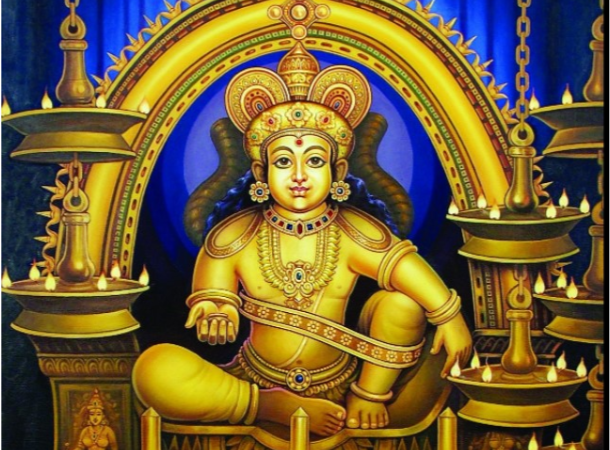In the vibrant tapestry of Indian culture, numerous traditions and rituals weave together to form a rich and diverse heritage. One such tradition that holds deep cultural and spiritual significance is Chathan Seva. Rooted in ancient beliefs and practices, Chathan Seva is a ritualistic worship prevalent in certain regions of South India, particularly in Kerala. This article delves into the essence of Chathan Seva, its historical background, rituals involved, and its significance in contemporary times.
Understanding Chathan Seva: Chathan Seva revolves around the veneration of Chathan, believed to be a divine being or deity associated with supernatural powers. The term “Chathan” finds its roots in Malayalam, the language spoken in Kerala, and it refers to a supernatural entity, often depicted as a dark-skinned figure with formidable attributes. This deity is believed to have the power to protect and fulfill the wishes of devotees, as well as to ward off evil forces.
Historical Background: The origins of Chathan Seva can be traced back to ancient folklore and local legends prevalent in Kerala. It is believed that Chathan was a revered figure who possessed extraordinary powers and was revered by the local populace. Over time, rituals and practices associated with Chathan evolved, incorporating elements of indigenous beliefs, tantric traditions, and folk customs. Despite the lack of concrete historical evidence, the reverence for Chathan has persisted through generations, becoming an integral part of the cultural fabric of Kerala.
Significance and Beliefs: For believers, Chathan Seva holds immense significance as it is believed to offer protection from malevolent forces, bring prosperity, and fulfill desires. Many devotees turn to Chathan seeking remedies for ailments, solutions to personal or familial problems, and even assistance in matters of love and relationships. The rituals associated with Chathan Seva are often perceived as a means of connecting with the divine and seeking solace in times of distress or uncertainty.
Contemporary Relevance: In contemporary times, Chathan Seva continues to thrive as a living tradition, albeit with certain modifications and adaptations to suit modern sensibilities. While some view it through a lens of superstition or folklore, for many, it remains an integral part of their cultural and spiritual identity. Efforts are being made to preserve and promote the tradition, with festivals and gatherings organized to celebrate Chathan and showcase the rich cultural heritage associated with it.
Conclusion: Chathan Seva stands as a testament to the enduring vitality of India’s cultural and spiritual heritage. Rooted in tradition yet evolving with the times, it serves as a bridge between the past and the present, offering solace, protection, and spiritual fulfillment to countless devotees. As we continue to navigate the complexities of the modern world, traditions like Chathan Seva remind us of the timeless wisdom and profound connections that bind us to our roots.
